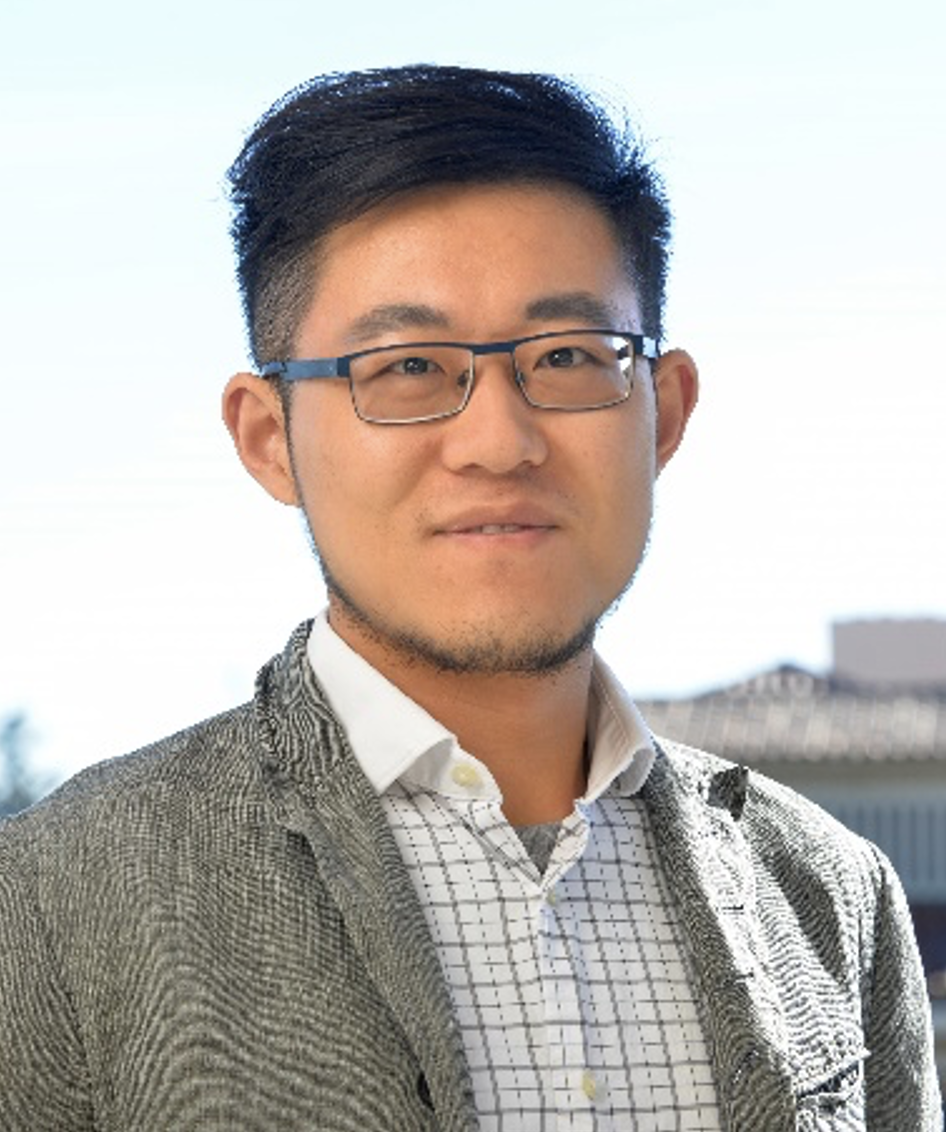The “Transparent Mice”: Achieving Transient Optical Transparency in Live Animals with Absorbing Molecules
4th September 2025
Timing : 1 pm ET
Please use this zoom link for joining the webinar
For a list of all talks at the NanoBio seminar Series Fall'25, see here
Dr. Guosong Hong
Dr. Guosong Hong received his Ph.D. in chemistry from Stanford University in 2014 and then carried out postdoctoral studies at Harvard University. Dr. Hong joined Stanford Materials Science and Engineering and Neurosciences Institute as an assistant professor in September 2018. His research at Stanford focuses on developing and applying novel optical and electronic materials for minimally invasive interfacing with biological systems. He is a recipient of the NIH Pathway to Independence (K99/R00) Award, the MIT Technology Review ‘35 Innovators Under 35’ Award, the Science PINS Prize for Neuromodulation, the NSF CAREER Award, the Walter J. Gores Award for Excellence in Teaching, the Rita Allen Foundation Scholars Award, the Biomedical Engineering Society (BMES) Rising Star Award, the International Conference on Ultrasound Engineering for Biomedical Applications (IC-UEBA) Young Investigator Award, the Camille Dreyfus Teacher-Scholar Award, the Presidential Early Career Award for Scientists and Engineers (PECASE), the Vilcek Prize for Creative Promise in Biomedical Science, and the Materials Research Prize for Young Researchers from ETH Zürich.
Dr. Guosong Hong received his Ph.D. in chemistry from Stanford University in 2014 and then carried out postdoctoral studies at Harvard University. Dr. Hong joined Stanford Materials Science and Engineering and Neurosciences Institute as an assistant professor in September 2018. His research at Stanford focuses on developing and applying novel optical and electronic materials for minimally invasive interfacing with biological systems. He is a recipient of the NIH Pathway to Independence (K99/R00) Award, the MIT Technology Review ‘35 Innovators Under 35’ Award, the Science PINS Prize for Neuromodulation, the NSF CAREER Award, the Walter J. Gores Award for Excellence in Teaching, the Rita Allen Foundation Scholars Award, the Biomedical Engineering Society (BMES) Rising Star Award, the International Conference on Ultrasound Engineering for Biomedical Applications (IC-UEBA) Young Investigator Award, the Camille Dreyfus Teacher-Scholar Award, the Presidential Early Career Award for Scientists and Engineers (PECASE), the Vilcek Prize for Creative Promise in Biomedical Science, and the Materials Research Prize for Young Researchers from ETH Zürich.
